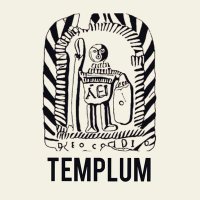
Temples of Britain and Ireland
@templumdata
Interested in ancient religion, attempting to catalogue shrines, temples, and churches in Britain and Ireland between 150 BCE and 600 CE
ID: 1424326583184203777
https://templum.wiki 08-08-2021 11:08:26
1,1K Tweet
661 Followers
355 Following
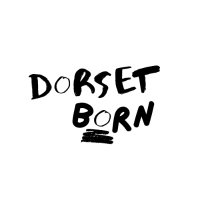


Out now in 🅰ntiquity Journal! Looking at evidence that not everyone in early med England was buried in a cemetery, and that alternative Iron Age forms of disposal in the landscape persisted into the Roman period and beyond... cambridge.org/core/journals/…
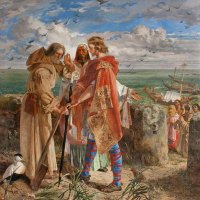


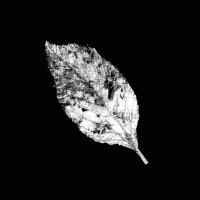




An excellent lecture by Kenny Brophy on *Housing the future dead: the new British wave of long barrow construction* at the 2024 Bournemouth Arch & Anth Prehistoric Society annual Pitt Rivers lecture tonight (with a nice tribute to the late great Tim Darvill at the beginning) #Archaeology




Pádraigín Riggs about the storyteller Tomás Ó Cathasaigh in The Irish Times: irishtimes.com/opinion/an-iri… The volume Sgéalta ó Thomás Ó Cathasaigh will be the subject of the Irish Texts Society’s Annual Seminar: 9 November UCC Ireland Dept of Early and Medieval Irish, UCC
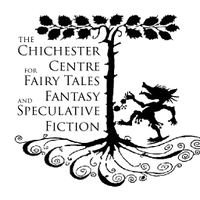



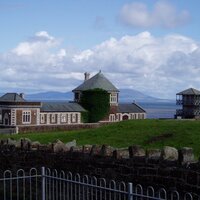







![Tuatha (@tuathaireland) on Twitter photo 'Prayer Stone’ • Inis Mór
This small stone was found at Temple Breccan on Inis Mór. The stone bears an Irish inscription:
OR[ÓlT] AR BRAN N AILITHER
'Pray for Bran the Pilgrim'.
It is likely to date to between the 8—10th century.
On display in the National Museum of Ireland 'Prayer Stone’ • Inis Mór
This small stone was found at Temple Breccan on Inis Mór. The stone bears an Irish inscription:
OR[ÓlT] AR BRAN N AILITHER
'Pray for Bran the Pilgrim'.
It is likely to date to between the 8—10th century.
On display in the National Museum of Ireland](https://pbs.twimg.com/media/GaWzU42WUAAYYdD.jpg)
